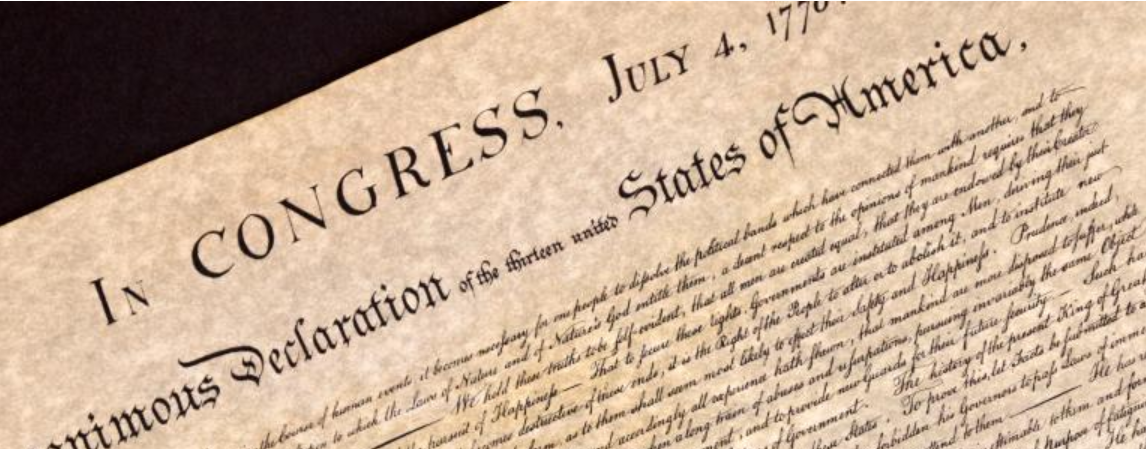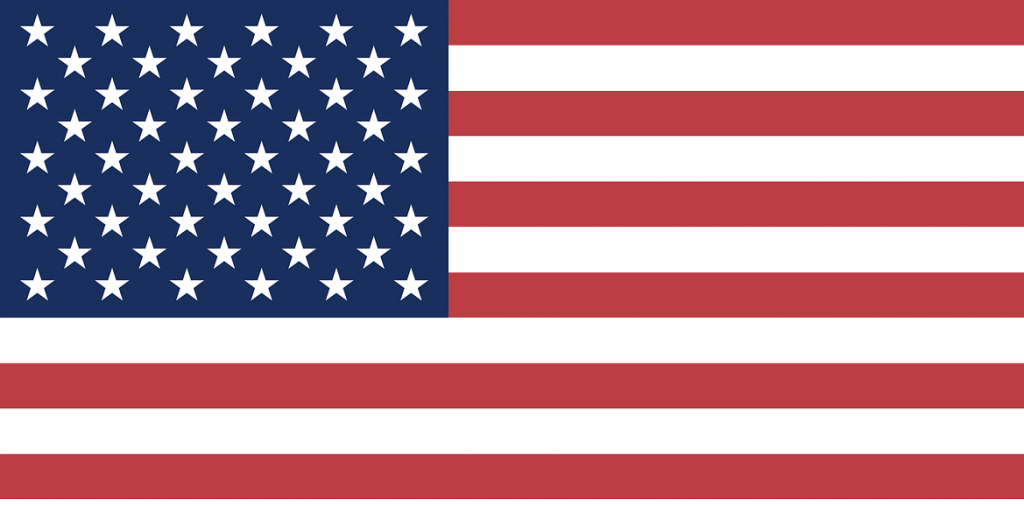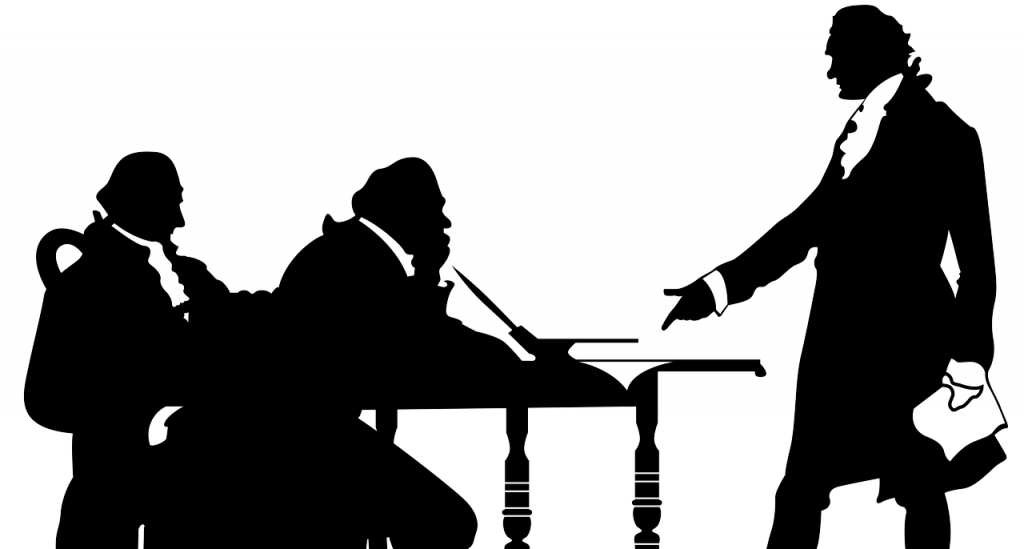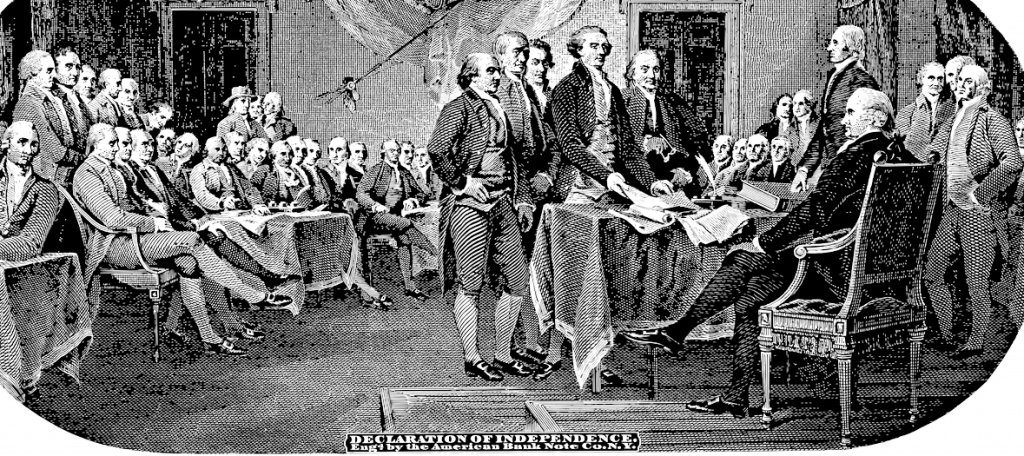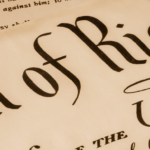Ever Wonder About the Declaration of Independence?
The 4th of July Holiday is Over – Let’s Keep the Celebration Going a Bit Longer – Here Are Some Interesting Facts About The Declaration of Independence.

What is the significance of the Declaration of Independence?
The Declaration of Independence is the document that severed all political ties with Great Britain. It announced to the world that the 13 colonies were independent sovereign states.
- Is Independence Day really July 2? The official Declaration that the colonies were now independent of Britain was made on July 2, 1776.
- July 4 is when the Declaration was adopted. After voting on independence, the Continental Congress needed to finalize the document explaining the move to the public. It took two days for Congress to agree on the edits.
- Six people signed the Declaration and the Constitution. Benjamin Franklin, George Read, Roger Sherman, Robert Morris, George Clymer, and James Wilson are the only people to have signed both historic documents.
- But they didn’t sign the Declaration on July 4. Once Congress approved the actual Declaration, it was sent to the printers. About 200 copies were made at that time. Today, only 26 copies remain.
- If you stumble upon a lost version of the original printing at a flea market, what next? In 1989, an original was found tucked behind an old picture in a frame purchased for $4.00. This was eventually sold for $8.1 million.
- When was the Declaration signed? Most of the members of the Continental Congress signed the Declaration in August 1776 in Philadelphia. The names were released to the public in early 1777.
- The Declaration’s association with Independence Day came from a lapse of memory. In early July 1777, no member of Congress recalled that it had been almost a year since they declared freedom from the British. They finally remembered that July 3 and July 4 became the day that seemed to make sense for celebrating independence.
- The Declaration suffered from a lack of early respect. The Declaration and celebrating its signing was stuck in an early feud between the Federalists (of John Adams) and the Republicans (of Thomas Jefferson). There was no wide celebration of the Declaration until after 1812.
- The Declaration and Constitution were hidden away during World War II. Both documents were taken to Fort Knox by military escort about two weeks after Pearl Harbor was bombed.
- There is a message written on the back of the Declaration of Independence. In the movie National Treasure, a secret message written on the back of the Declaration was a plot device. In reality, the visible message on the back reads, “Original Declaration of Independence dated July 4, 1776”.
Backstory – Some Information You Might Not Know
The Declaration of Independence, adopted by the Continental Congress on July 4, 1776, is a pivotal document in American history and a product of its complex and multifaceted historical context. While most history books cover the well-known aspects of the Declaration, such as its assertion of the American colonies’ right to independence from British rule and its articulation of fundamental human rights, there are several lesser-known facts and elements of the backstory that are often not included in standard narratives:
Diverse Influences: The philosophical and political ideas that influenced the Declaration were not solely of American origin. They were significantly shaped by European Enlightenment thinkers like John Locke and Jean-Jacques Rousseau, who emphasized individual rights and the concept of government as a social contract.
- Economic Motivations: While the Declaration is often portrayed as a purely ideological statement about liberty and human rights, economic factors played a significant role. Many colonists were frustrated by Britain’s taxation policies and trade restrictions, which impacted the colonial economy.
- Global Context: The American Revolution and the Declaration of Independence occurred within a broader international context. For instance, the French and Indian War (1754-1763) significantly impacted British colonial policies and contributed to the growing rift between Britain and its American colonies.
- Drafting and Editing: Thomas Jefferson drafted the Declaration, but other members of the drafting committee and the Continental Congress extensively edited it. Some of the most significant changes included the removal of a passage that criticized the slave trade, reflecting the complex attitudes toward slavery among the founding fathers.
- Native American Relations: The Declaration criticizes King George III for inciting Native American tribes against the colonists. This aspect highlights the ongoing conflicts and complex relationships between European settlers, colonial governments, and Native American tribes.
- International Diplomacy: The Declaration was also a tool for international diplomacy. By declaring independence, the American colonies sought to gain support from foreign nations, particularly France, in their struggle against Britain.
- Immediate Reception: The Declaration wasn’t universally celebrated in the colonies when it was first published. Many colonists were still loyal to Britain, and the decision to break away was contentious and divisive.
- Women and the Declaration: The rights articulated did not extend to women. The prevailing attitudes of the time excluded women from political participation and the document’s promises of liberty and equality.
- Impact on Slavery: While the Declaration’s assertion that “all men are created equal” laid the philosophical groundwork for future arguments against slavery, it did not address the institution of slavery directly, which remained a contentious and unresolved issue.
- Long-Term Influence: The Declaration’s influence has extended far beyond the American Revolution, inspiring democratic movements worldwide and symbolizing the struggle for human rights and self-governance.
These aspects provide a more nuanced view of the Declaration of Independence, reflecting the complexities of the historical period and the diverse motivations and perspectives of the individuals involved.

Criminal Defense Lawyers Protect Civil Liberties.
Criminal defense attorneys must appreciate where we have been to determine where we are going. The attorneys at LEWIS & DICKSTEIN, P.L.L.C. are students of law and history. In order to fully understand the intent of the Founding Fathers in drafting the Declaration of Independence and the United States Constitution, it is mandatory to understand both law and history.
If you face a misdemeanor or felony allegation, it is essential that you have a criminal defense attorney who fully understands the Constitution and the rights you have as a result of it. Many attorneys who practice criminal law do not take the time to fully understand what is allowable under the Constitution. Also, many attorneys are afraid to push the boundaries to force a possible new interpretation of existing law. The attorneys at LEWIS & DICKSTEIN, P.L.L.C. are not afraid to push the boundaries to protect their clients. They pride themselves in offering creative and cutting-edge defenses.
Call us today at (248) 263-6800 for a free consultation or complete an online Request for Assistance Form. We will contact you promptly and find a way to help you.

